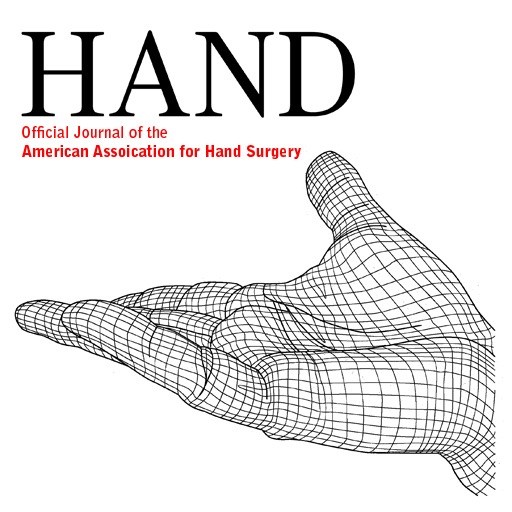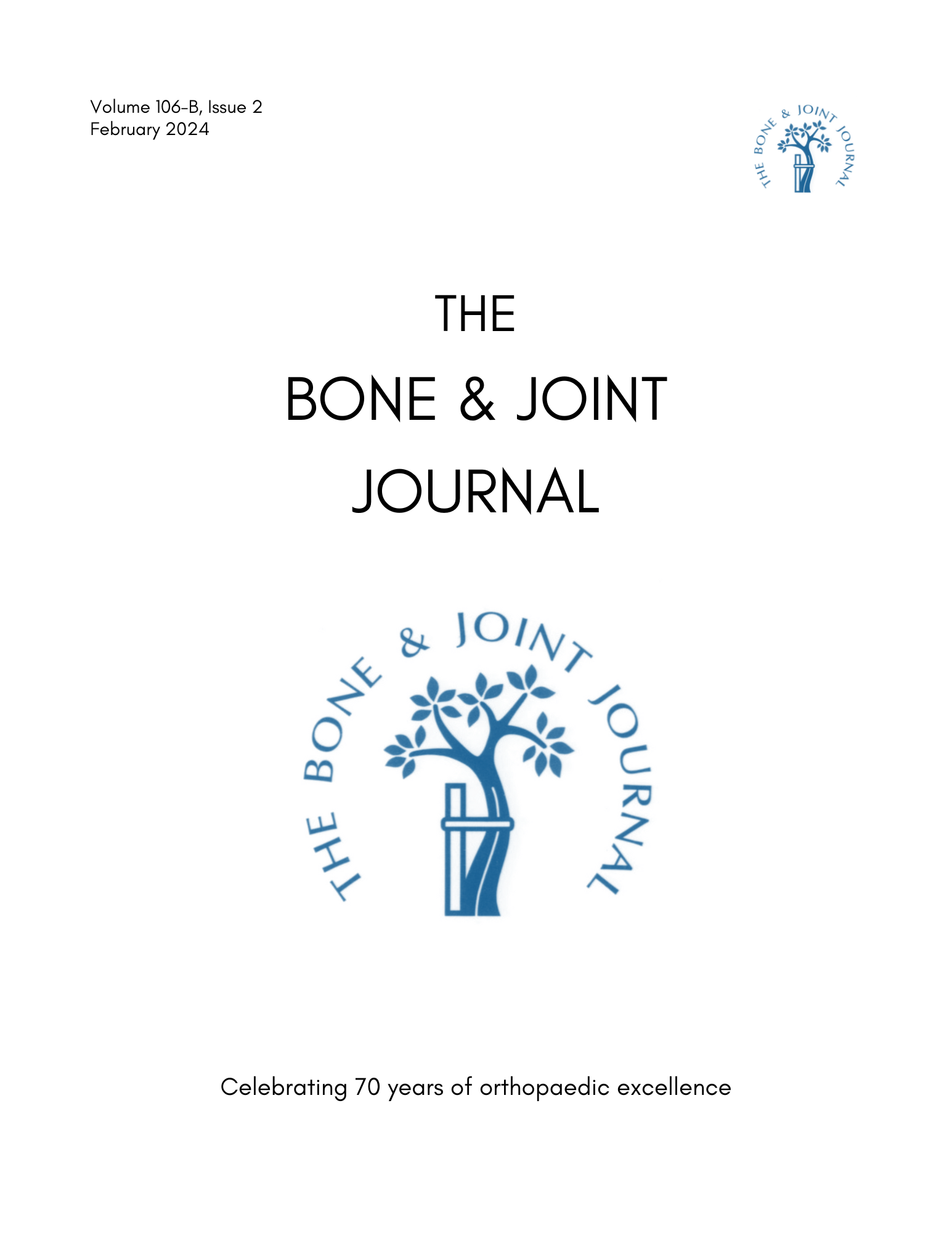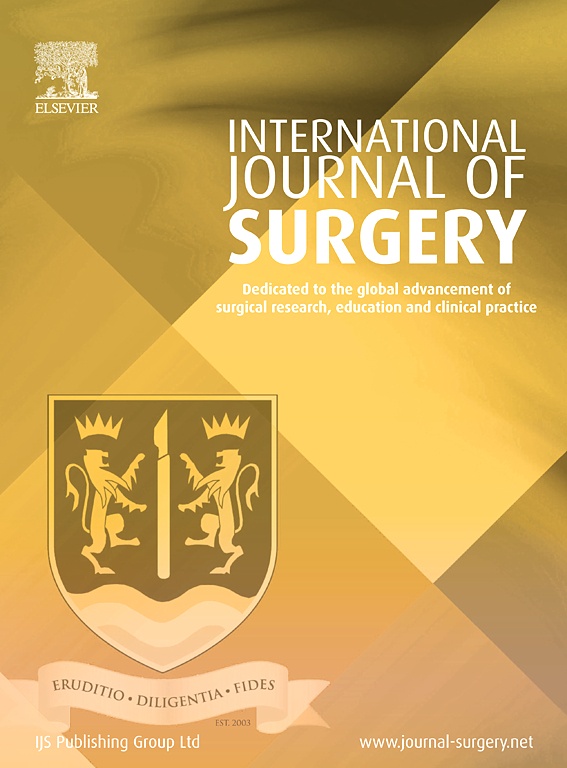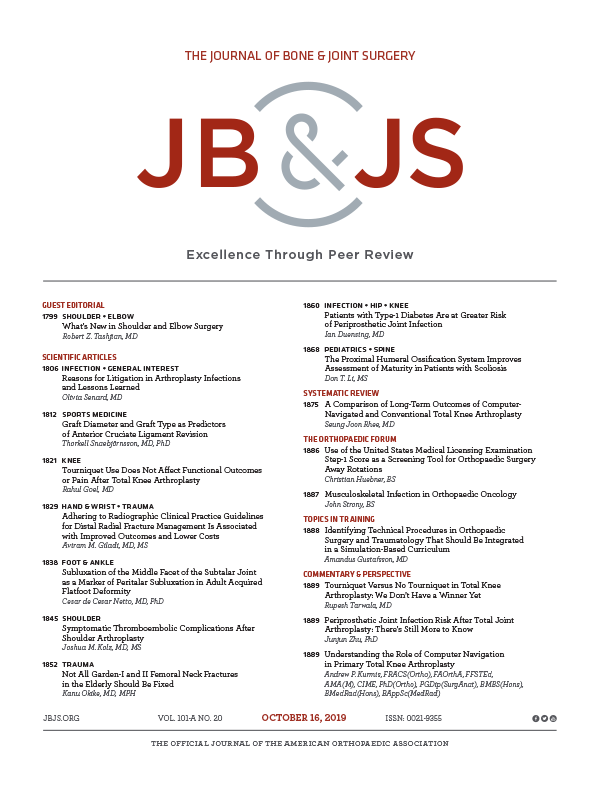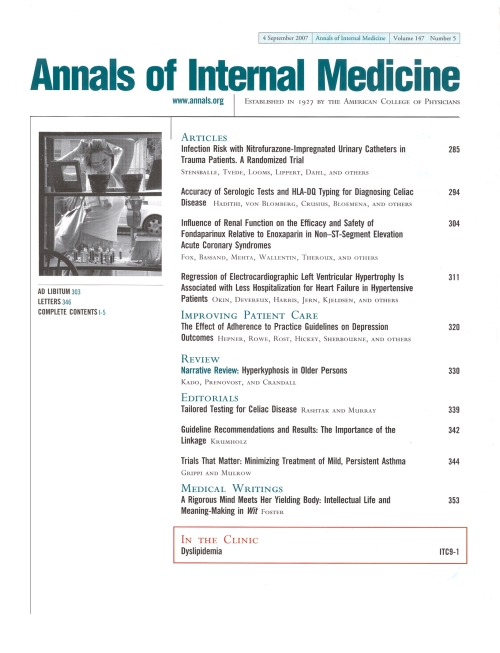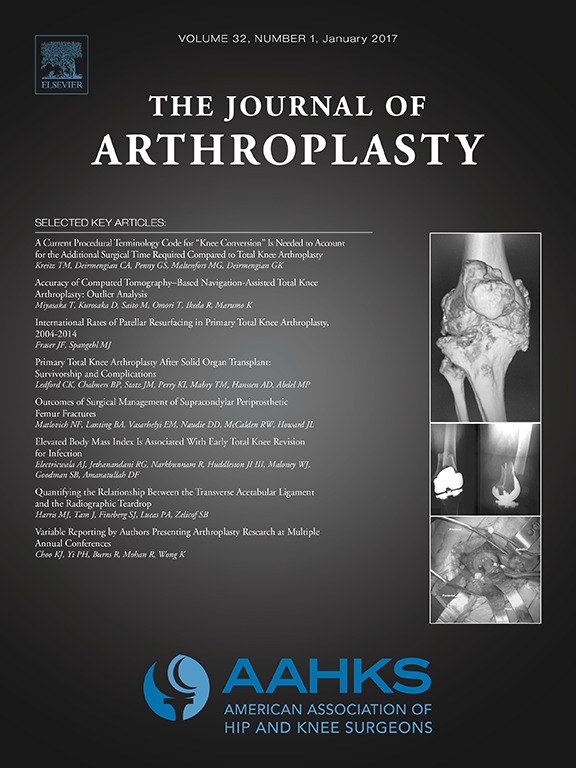PeerView
You are viewing the most viewed ACE Reports by Orthopaedic Resident/Interns over the last 30 days in all specialties.
Displaying
100%
①
Synopsis:
23 randomized controlled trials (2284 patients) comparing open versus endoscopic techniques for carpal tunnel release in patients with carpal tunnel syndrome were included in this systematic review and meta-analysis.A subgroup analysis was also conducted on single- versus dual-portal endoscopic treatment.The primary outcomes of interest included complication and reoperation rates.Secondary outcomes included operative time, the incidence of scar tenderness and pillar pain, normalized satisfaction scale, the incidence of complete or near complete symptom relief, Boston Carpal Tunnel Questionnaire (BCTQ) symptom and function, and time to return to work.All outcomes were similar between the two groups except for time to return to work and incidence of scar tenderness (dual-portal vs open) which all favored the endoscopic group.The incidence of nerve injury was significantly lower in the open-technique group. Overall, the endoscopic...
Read More »
Level 1 Meta Analysis
①
Synopsis:
One hundred and ninety four patients with operative ankle fractures were randomized to undergo early weightbearing (EWB) at 2 weeks postoperatively (n=95) or nonweightbearing (NWB) (n=99) until 6 weeks postoperatively.This was a noninferiority trial design.The primary outcome of interest was the mean difference in the Olerud-Molander ankle score (OMAS) between the two groups at 12 month follow-up.Additional outcomes of interest included time to full weightbearing, time to return to preinjury activities and patient satisfaction.The EWB group demonstrated a noninferior mean difference in the OMAS score when compared to the NWB group.There was no difference in the proportion of patients who were satisfied at 12 month follow-up.The EWB demonstrated shorter time to full weightbearing and return to preinjury activities than the NWB group (p<0.001). No differences in...
Read More »
Level 1 RCT
①
Synopsis:
One hundred and two patients with knee osteoarthritis who underwent total knee replacement were randomized into an intervention group (n=51) that received a digital technology package comprising an exercise app, fitness tracker, and online health coaching, while the usual care group (n=51) received a fitness tracker with notifications turned off.The primary outcome assessed at 3 months was mean knee pain (0-10 scale).Secondary outcomes included function, activity participation, and quality of life, which were measured at 3, 6, and 12 months.At 3 months, the intervention group showed small but not clinically meaningful pain reduction compared to usual care. The secondary outcomes...
Read More »
Level 1 RCT
①
Synopsis:
100 patients undergoing total knee arthroplasty (TKA) for end-stage osteoarthritis were randomized to receive either robotic TKA (rTKA; n=50) or manual TKA (mTKA; n=50).The primary outcomes of interest were the Western Ontario and McMaster Universities Osteoarthritis Index (WOMAC) scores with a focus on pain, function, stiffness subscales, and total scores.The secondary outcomes of interest included the Oxford Knee Score (OKS), Forgotten Joint Score (FJS), EuroQol 5D (EQ-5D), EQ-5D Visual Analog Scores (VAS) pain scores, and the incidence of any complications.WOMAC pain was significantly better in the rTKA group at 2 and 6 months, whereas, all other outcomes were similar between the two groups.The incidence of complications also were comparable between the two groups. Four patients, however,...
Read More »
Level 1 RCT
①
Synopsis:
Two hundred and sixteen patients with advanced osteoarthritis scheduled for primary total knee arthroplasty (TKA) were randomized to receive one of three TKA prosthetic designs from the same system: cruciate-retaining (CR; n=72), anterior-stabilized (AS; n=72), or posterior-stabilized (PS; n=72).The primary outcome of interest was the mean score of all five subscales of the Knee injury and Osteoarthritis Outcome Score (KOOS) measured at a two-year follow-up appointment.Secondary outcomes included individual KOOS subscales, Oxford Knee Score, EuroQol five-dimension health questionnaire, EuroQol visual analogue scale, range of motion, and patient satisfaction.Outcomes were assessed up to two years postoperatively.Overall, patients reported similar levels of pain, function, satisfaction, and general health in all three prosthetic design groups. However, the PS...
Read More »
Level 1 RCT
①
Synopsis:
A total of sixty-one patients with posterolateral tibial plateau fractures (PTPF) were randomized to receive either conventional surgery (n=30) or surgery using personalised 3D printing technology (n=31).The primary outcome of interest was operative time.Secondary outcomes included intraoperative blood loss, intraoperative fluoroscopy shots, radiographic outcomes, functional outcomes, and fracture complications, assessed 12 months postoperatively. Overall, the study...
Read More »
Level 1 RCT
①
Synopsis:
In this systematic review and meta-analysis, six studies of 6772 patients who received prophylactic anticoagulant therapy after total knee arthroplasty (TKA) were analysed to compare aspirin versus low-molecular-weight heparin (LMWH).Pooled outcomes of interest included the incidence of VTE, deep venous thrombosis (DVT), pulmonary embolism (PE), as well as bleeding complications rates.The pooled results indicated that LMWH significantly reduced the overall rate of suffering from VTE compared to aspirin (RR 1.46, 95% CI: 1.16–1.84). However, there were...
Read More »
Level 1 Meta Analysis
①
Synopsis:
Sixty-two patients with end-stage knee arthritis were randomized to receive either limited tourniquet application (n=31) or full tourniquet application (n=31) during primary unilateral total knee arthroplasty (TKA).The primary outcome of interest was the measurement of intraoperative, postoperative, total, and hidden blood loss.Secondary outcomes of interest included surgical field clearance, operative duration, and perioperative complications.Outcomes were assessed up to six months.Overall, the results of the study revealed no significant difference in total, hidden, or postoperative blood loss between the groups.However, mean intraoperative blood loss was significantly lower in the full-application group compared to the limited-application group. Limited tourniquet application...
Read More »
Level 1 RCT
Synopsis:
Two hundred and seven studies with 32959 participants were analyzed in this network meta-analysis.The aim of this study was to compare outpatient treatments for managing acute pain from non-low back musculoskeletal injuries.Results revealed that the treatment with the greatest benefit was using topical nonsteroidal anti-inflammatory agents (NSAIDs).Afterwards, oral NSAIDs were beneficial which was followed by acetiminophen with or without diclofenac.The benefits included relieving pain 1-7 days, as well physical functioning , and symptom relief. Moreover, topical NSAIDs demonstrated increase in treatment satisfaction. Fentanyl and acetaminophen...
Read More »
Meta Analysis
①
Synopsis:
124 patients undergoing total hip arthroplasty for osteonecrosis or femoral head or hip osteoarthritis were randomized to receive either a calcium alginate dressing system (n=62) or a traditional gauze (n=62).Outcomes of interest included the number of dressing changes, length of stay, Stony Brook Scar Evaluation Scale (SBSES), ASEPSIS wound score, pain on a Visual Analog Scale (VAS), Harris Hip Score (HHS), patient satisfaction, and incidence of subcutaneous hematoma.The calcium alginate dressing system showed significantly better results in all outcomes, compared to the traditional gauze group except ASEPSIS scores, VAS pain, and HHS. Two patients in...
Read More »
Level 1 RCT




 LOGIN
LOGIN


